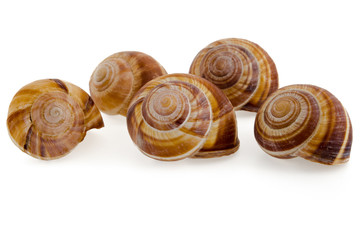No, what I'd like is a space simulation that focuses on something more substantial than pattern-based infinite repetition. As I said, it's good for background, but it doesn't cut it for foreground. Compare this with Space Engine. There's just no comparison, to put it simply.
It doesn't take a rocket scientist to suss out the very simplistic patterns used by Elite's surface generation system to create planets. Planetary bodies take on one of a few basic geoforms, and the primary difference between them is coloration. It's extraordinarily barebones, but that's not really a problem. As a background element, it works fine. It does its job. However, this system of "infinite generation" cannot stand long in the spotlight. It doesn't produce content of a sufficient fidelity to facilitate interesting gameplay. What it does do is churn out a bunch of differently-colored spheres with slight terrain variations based on established, and easily-discernable, patterns.
Sometimes, less is more. If we had just one or two planets with the depth and detail of our real-life Planet Earth, or even a fraction of it, people would spend real-time years exploring and not even coming close to finding everything. I know this measure is a bit of an abstraction, but it illustrates my point: in Elite: Dangerous, once you've found an icy world, a metal world, a gas giant, an Earthlike, and a volcanic - and that is to say, you've looked at one in the system map - you've seen it all. They're all spheroids with quasi-random heightmaps.
The focus on naked randomization is immeasurably disappointing.


